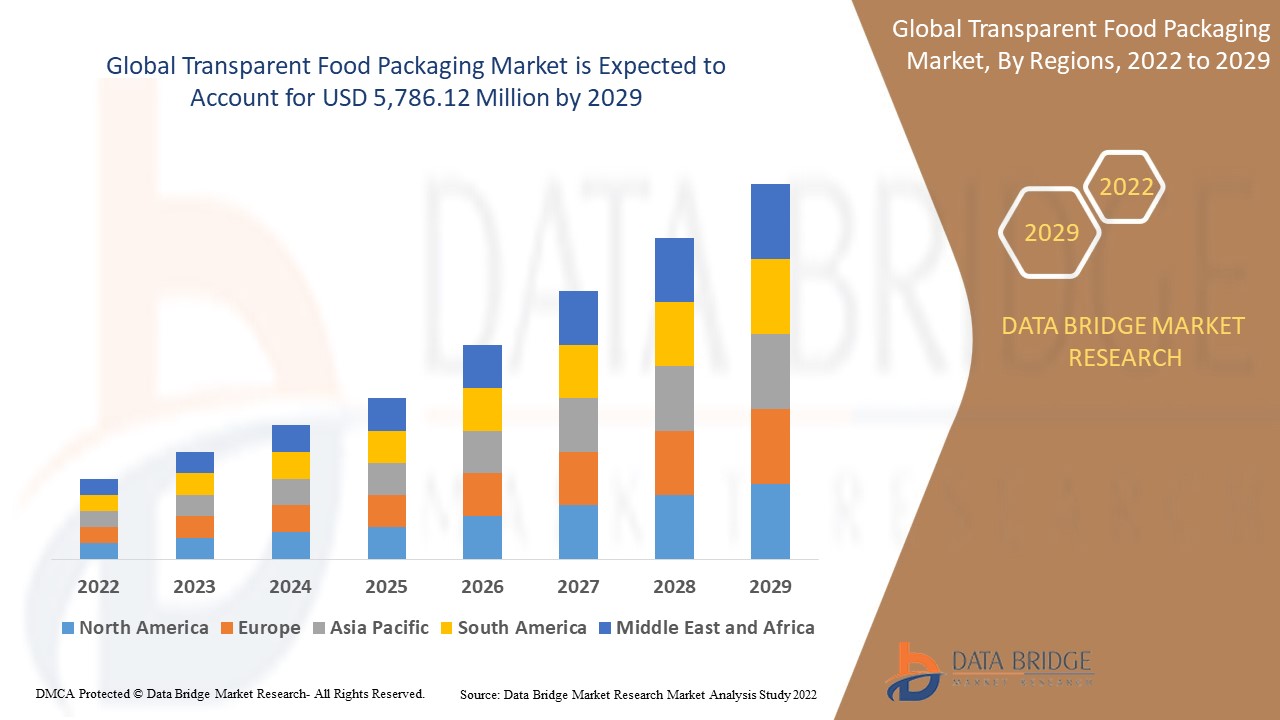Crafting a Scalable B2B Content Strategy that Evolves with Buyer Intent
As personalization becomes the norm in B2B marketing, scalability remains a critical challenge. Brands must strike a balance between producing customized content and maintaining operational efficiency.

Scaling Content in a Personalized Marketing Era
As personalization becomes the norm in B2B marketing, scalability remains a critical challenge. Brands must strike a balance between producing customized content and maintaining operational efficiency. A scalableB2B Content Strategy
is one that evolves with changing buyer intent, delivering personalized experiences without overwhelming resources or losing focus on core messaging.
Modular Content as a Foundation for Scalability
One of the most effective ways to scale content is through modular design. Instead of creating one-off pieces, build a content library of reusable moduleslike data points, quotes, customer testimonials, or product benefitsthat can be combined in different ways. A modular B2B Content Strategy enables fast content creation while maintaining message consistency across formats, industries, and buyer stages.
Understanding Buyer Intent Patterns Across Segments
Different segments express intent in different ways. A mid-market tech company might start with competitive comparison pages, while an enterprise buyer might first explore use case whitepapers. By mapping these intent patterns, marketers can create content journeys that match each audience type. A segment-aware B2B Content Strategy ensures relevant content is served to the right personas based on how their intent unfolds over time.
Repurposing High-Performing Assets for Greater Reach
Rather than constantly creating new content, maximize the value of what already works. Convert webinars into blog series, extract insights from whitepapers to create infographics, or turn research reports into bite-sized videos. Repurposing is the cornerstone of any sustainable B2B Content Strategy, especially when aligned with intent signals that reveal where in the journey each format performs best.
Content Tagging and Taxonomy for Intent-Based Delivery
Organizing your content library using a consistent tagging systemby intent stage, industry, format, and personahelps your team surface the right content at the right time. This structured approach allows your B2B Content Strategy to be implemented through content management systems or personalization engines that adapt dynamically to buyer behavior and interest.
Leveraging AI for Scalable Personalization
AI tools can analyze large volumes of buyer behavior data and recommend or even generate content tailored to specific segments. Chatbots, smart content recommenders, and dynamic landing pages are now capable of presenting hyper-personalized messaging. Integrating AI into your B2B Content Strategy increases your ability to scale without sacrificing precision or brand coherence.
Enabling Global Campaigns with Localized Content Strategies
Scaling globally requires more than just translationit demands localization. Buyers in different regions prioritize different pain points and expect culturally relevant messaging. Your B2B Content Strategy should include localization workflows, regional case studies, and market-specific keyword research to ensure that each international campaign feels native to its audience.
Balancing Evergreen and Agile Content Creation
Evergreen contentsuch as how-to guides or foundational industry topicscontinues to deliver value over time. Agile content, on the other hand, addresses emerging trends and newsworthy topics. A balanced B2B Content Strategy includes both. Evergreen content forms the base of your content ecosystem, while agile assets keep your brand current and responsive to shifting buyer intent.
Using Intent Data to Prioritize Content Production
With limited time and resources, producing content that delivers ROI is essential. Intent data helps prioritize what topics to address, what formats perform best, and which buyer personas are most engaged. Your B2B Content Strategy should tie production schedules to intent trends so you're always addressing what matters most to your audience.
Creating Centralized Templates for Faster Output
Speed doesnt have to compromise quality. Creating internal templates for blog posts, case studies, whitepapers, landing pages, and email workflows allows your team to move quickly while maintaining brand standards. A templated B2B Content Strategy helps scale output by streamlining approvals and reducing production time.
Measuring Scale Effectiveness with Multi-Touch Attribution
Scaling your strategy means expanding reach, but it should also improve effectiveness. Use multi-touch attribution models to evaluate how different content formats and campaigns influence the buyer journey. These insights help refine your B2B Content Strategy over time, ensuring that every piece of content contributes to measurable growth and pipeline acceleration.
Cross-Team Collaboration for Unified Content Execution
Scaling content requires alignment across multiple departmentsmarketing, sales, product, and customer success. Regular collaboration ensures everyone contributes insights and needs into the strategy. A collaborative B2B Content Strategy enables cohesive messaging, faster response to buyer demands, and consistent communication across all customer-facing teams.
Content Governance to Maintain Brand Voice at Scale
As you scale, consistency can slip. Establishing brand guidelines, editorial checklists, and quality review workflows ensures every asset aligns with your voice, values, and buyer expectations. A well-governed B2B Content Strategy provides a scalable framework that maintains quality and authenticityeven when content production grows exponentially.
Future-Proofing Strategy Through Continuous Optimization
What works today may not work next quarter. Buyer behavior, tech trends, and competitive messaging constantly evolve. Continuously analyzing performance, testing new formats, and updating outdated assets is key. An adaptive B2B Content Strategy evolves alongside your buyers, keeping your messaging fresh, relevant, and aligned with intent.
Read the Full Blog Now @ https://acceligize.com/featured-blogs/smart-b2b-content-strategy-aligned-with-buyer-intent/
About Us
Acceligize is a global B2B demand generation company, specializing in delivering high-quality leads and data-driven marketing solutions for modern businesses. Leveraging AI, content syndication, and targeted outreach strategies, Acceligize empowers B2B organizations to accelerate pipeline growth and increase ROI. As industry leaders in multichannel lead generation, our mission is to help you reach the right audience with the right message at the right time.






























